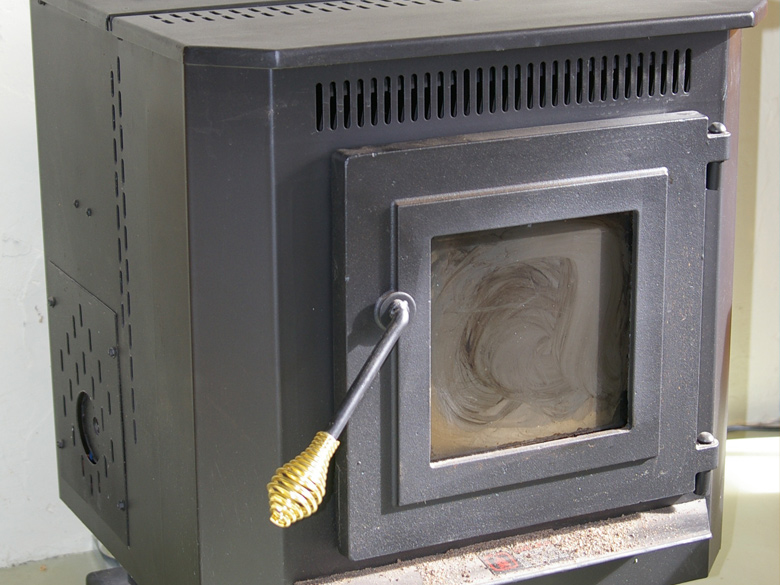Electric heat costs are skyrocketing, with increases of about 10% per year. The cost of wood for wood burning stoves can fluctuate each year depending on availability. Many modern families are switching to the convenience of pellet stoves, which most often use corn kernels or tiny compressed wood pellets as a source of heat energy. Pellet stoves can sufficiently heat large buildings such as warehouses and office buildings or can be used to heat smaller rooms such as the family den or a master bedroom. The main advantage of pellet stove heating is the low price. Pellet stoves that use corn kernels are among the most cost efficient; corn kernels can be purchased in bulk for about 25% of the cost of oil or propane. Wood pellets, however, tend to be in short supply nowadays with the high demand due to increasing use of pellet stoves.
Corn kernels, however, are in greater supply and thus easily accessible in most areas of the world. One large bag of pellets burns for about 24 hours with little to no supervision or maintenance, which is ideal for busy families with little time to spare tending to the stove. A major advantage to pellet stoves, in addition to the low cost, is the cleanliness and ease of storing the pellets. One of the major drawbacks to the use of pellet stoves is that during a power outage they do not work, compared to wood stoves, which are not dependent upon an electrical power source. One can install battery backup systems that will allow the stove to continue operating in the event of an outage. The use of one pellet stove in a household generally reduces the annual heating cost by about $1,200.
Tips for keeping your pellet stove clean
Like any major home appliance, keeping your pellet stove clean will lengthen it’s life and work more efficiently.
Each pellet stove has a compartment called the burn pot, otherwise known as the stove’s carburetor. This functions in mixing the air from your home with the fuel that powers the stove, resulting in combustion. When your stove is functioning properly, it will burn a bright yellow flame. There may also be a pale gray build up of ash on the glass door. However, if you notice a bright orange coloured flame or a sooty build up of a caramel substance, then you must take immediate action to clean your stove adequately to restore it to proper functioning conditions. Problems such as these are normally a result of a dirty burn pot. Check it every other day and clean it as needed. Check your manufacturer’s manual for proper cleaning techniques, as these vary among brands and models.
Another common problem to be on the lookout for is a buildup of clinkers, which are formations that result when ash melts and then hardens, in the firebox. This happens frequently at high temperatures and can be easily remedied. When clinkers accumulate, the air holes are often blocked, resulting in a slow influx of air, thus upsetting the balance between fuel and air. Use an ash tool to remove the clinkers from the stove. You may have to do this frequently in the winter months when your stove is set at high temperatures often, as clinkers tend to form more frequently under high temperatures.
Next, there is a compartment called the ash drawer that needs regular attention also. Again, check your manufacturer’s manual for proper cleaning techniques, as they vary among brands and models. You may only need to clean the ash drawer monthly, but some older models of pellet stoves may require a more frequent cleaning of this compartment.
The heat exchanger functions in converting the heat produced by the fuel in the burn pot into clean hot air for home heating purposes. For maximum workability, the heat exchanger surface needs to be cleaned regularly.
Clean out the ash traps at the back of the fire chamber regularly as well. The buildup of excess ash in that area prevents exhaust from blowing out the back of the stove. Remember to wipe down the door surface glass, but make sure the oven has cooled down first.
Many modern designs have complicated vent systems that need to be cleaned by professionals. Call a professional that specializes in the cleaning of pellet stoves if you don’t feel this is something you can handle on your own.

